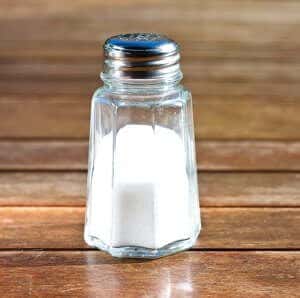
Despite the controversy about the safety of sodium restriction, there is one group of people for whom high sodium can be very dangerous.
People with Kidney Disease Are at Risk:
People with chronic kidney disease appear to do best when they keep their sodium intake below 4500 mg per day. In the Chronic Renal Insufficiency Cohort Study, 3757 patients participated for an average of 6.8 years. There were three separate 24-hour urine collections to indicate sodium intake for each person. The sodium intake ranged from less than 2,894 mg/24 hours to 4,548 mg/24 hours or a bit more.
The results showed that those with the highest sodium intake had a 36 percent greater risk of cardiovascular events, including an 80 percent increased chance of stroke, than those with the lowest intake. That is a very significant hazard for high sodium consumption.
Who Got the Most Sodium?
There may be some problems attributing this level of risk only to their sodium intake. Those who had the highest levels of sodium in their urine were also more likely to be smokers and have diabetes, high blood pressure or high cholesterol. They also ate more calories and had bigger waists. The researchers did statistical corrections for these differences, but corrections aren’t always perfect.
The dangers of a high sodium diet don’t come solely, or even mostly, from a free hand with the salt shaker. Much of the sodium in American diets comes from processed foods. Even things that don’t seem to taste salty, such as bread, can be high sodium foods. Cold cuts, pizza, soups and chicken or turkey are also significant sources of sodium (MMWR, Feb. 10, 2012). Burritos, tacos and tamales can also add a surprising amount of sodium to the diet.

